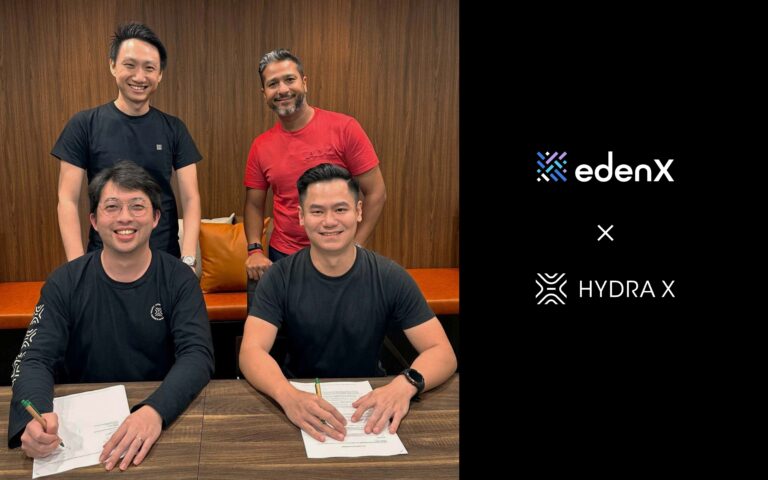Probably the first question you will ask yourself when thinking of selling your business is “What is it worth and how do I value it?”.
There are several ways to value your business and it’s important to realise that different methods may give different results. Valuation is both an art and a science.
Here are some common methods for how to value your business:
Discounted Cash Flow (DCF)
The DCF methodology is an intrinsic value approach and involves estimating the future cash flows of your business and then discounting them back to the present using a discount rate – the firm’s Weighted Average Cost of Capital (WACC).
This involves building a financial model and detailed analysis into a range of estimates and assumptions in order to derive the business’s free cash flow. Key business drivers that would need to be estimated include core revenue streams, recurring operating costs, and planned future capital expenditure (CAPEX).
One should keep in mind that estimating future cash flows can be very subjective, and when it’s your business, you may be overly optimistic. To address this, businesses can forecast a range of values based on different assumptions and scenarios, as well as perform sensitivity analyses. This would give you a better understanding of how a Buyer or Investor may look at the value of your business.
Comparable Company Analysis (Trading Comparables)
The Trading Comparables methodology is a relative valuation approach and involves comparing your business to other similar businesses and looking at the trading multiples. Examples of common multiples include Price/Earnings (“P/E”), Enterprise Value/EBITDA (“EV/EBITDA”), and EV/Sales.
This methodology fundamentally assumes that similar companies will have similar valuation multiples. The value of your business is estimated by multiplying your earnings (e.g. Earnings, EBITDA, Sales) by the multiple observed for other comparable companies.
This is an easy and common approach as data on multiples are easy to calculate and widely available for publicly traded companies. One challenge however is that in reality, it is difficult to find another business that is exactly the same as you, especially for smaller, private companies.
Using this methodology will give you an understanding of how the market currently views the valuation for companies in your sector and geography, and would give you a sense of how it would likely view the value of your business.
Precedent Transactions (Transaction Comparables)
The Precedent Transaction Comparables methodology is a relative valuation approach and involves comparing your business to other similar businesses that have been acquired or sold in the same industry. The multiple (e.g. EV/EBITDA) observed for these similar precedent transactions is used to estimate the value at which you business may be sold at by multiplying it by your earnings (e.g. EBITDA). Do note that these transaction values typically include a control premium in the price as these transactions usually involve the entire / a large stake of the company and not just a minority stake.
A key point to note is that these transaction multiples reflect the point in time market conditions when the respective transaction took place. As such, it can easily become outdated as time passes.
Using this methodology will give you an understanding of the actual transacted prices of similar companies, and can give you a sense of the valuation range your business may transact at.
At the end of the day, your business is worth whatever someone is willing to pay for it. However having at least a ballpark figure allows you to enter the negotiation with something tangible.



